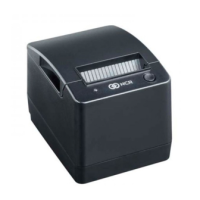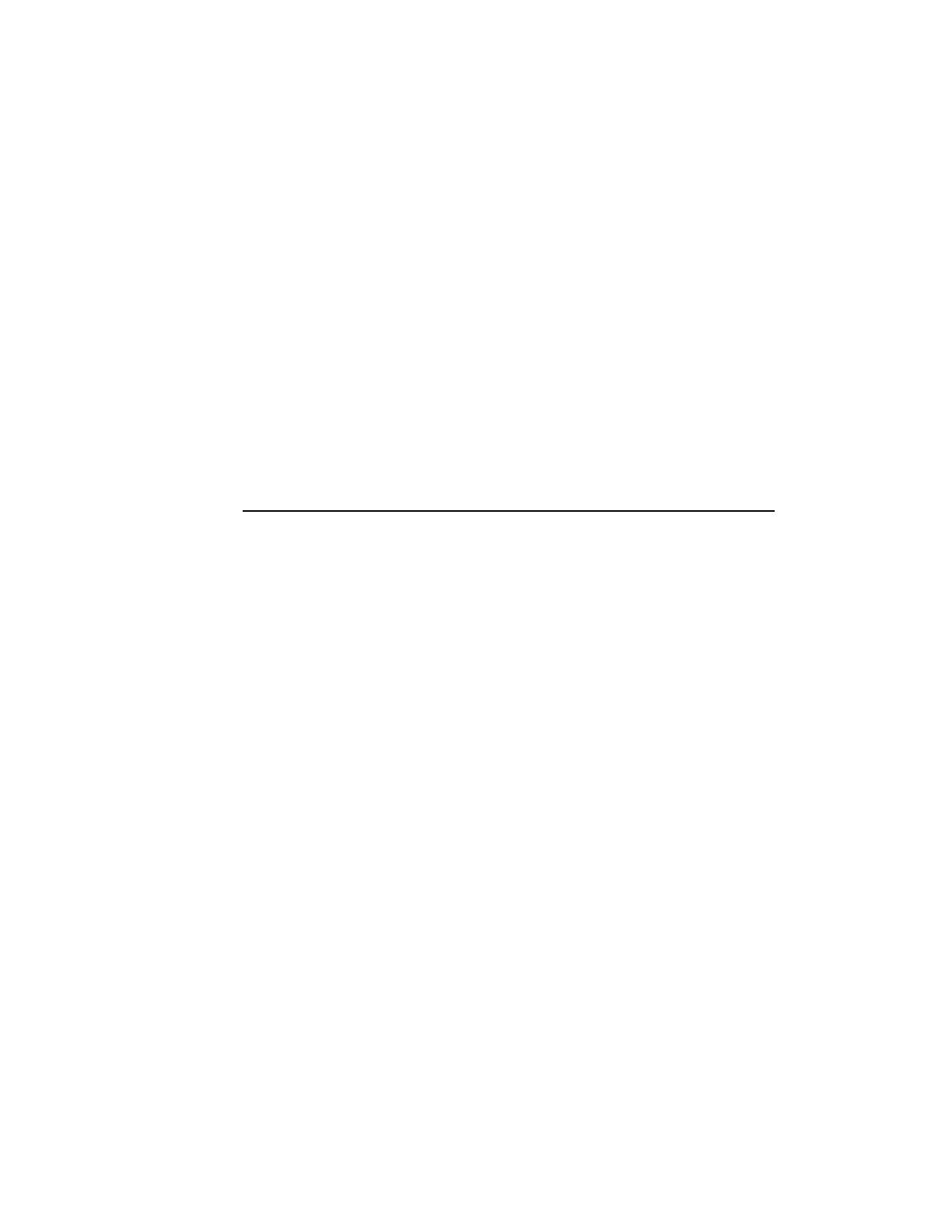7197 Series II Owner’s Guide Chapter 6: Commands
August 2011
120
Enters one line of 8-dot single-density graphics into the print buffer. Any print command
is required to print the line, after which the printer returns to normal processing mode.
The number of bytes sent is represented by the formulas in the table.
Each bit corresponds to one horizontal dot. Compare to Set Bit Image Mode (1B 2A, m=1)
earlier in this document.
Example:
MSComm1.Output = Chr$(&H1B) & Chr$(&H4B) & Chr$(10) & Chr$(100) Chr$(&HFF). . .
& Chr$(&HFF)
Select Double-Density Graphics
ASCII: ESC Y n1 n2 d1 … dn
Hexadecimal: 1B 59 n1 n2 d1 ... dn
Decimal: 27 89 n1 n2 d1 ... dn
Value of n:
Value of n (8-Dot Single
Density Mode)
Value of n (24-Dot Single
Density Mode)
Value of d
n1 + (256 x n2) 3 x [n1 + (256 x n2)] Number of Bytes of Data
(Printed Down, Then
Across)
Enters one line of 8-dot double-density graphics into the print buffer. Any print command
is required to print the line, after which the printer returns to normal processing mode.
The number of bytes sent is represented by the formulas in the table.
Each bit corresponds to one horizontal dot. Compare to Set Bit Image Mode (1B 2A, m=1)
earlier in this document.
Example:
MSComm1.Output = Chr$(&H1B) & Chr$(&H59) & Chr$(10) & Chr$(100) Chr$(&HFF). . .
& Chr$(&HFF)

